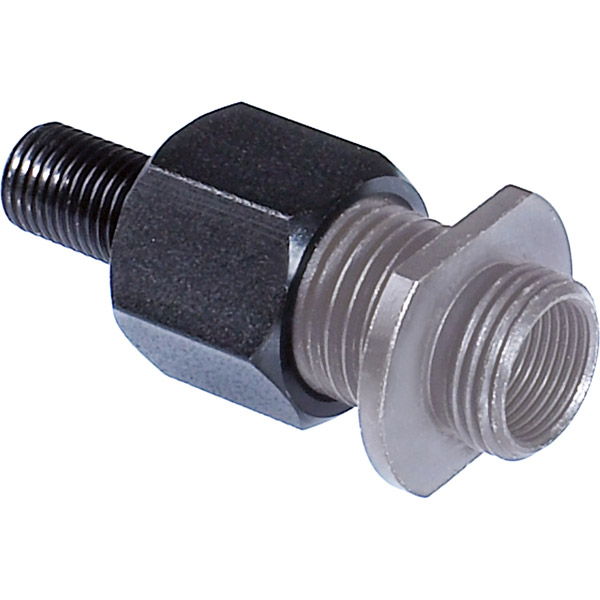The adjustable iris does make the little Williams sight look a lot bulkier, but for me the advantage is that in very bright light I can tune down to a smaller aperture and get a sharper sight picture. Open up in dim conditions to better see target and front sight.Thanks, @MDriskill . I had found and considered the adapter, but opted to go with a direct fit so I would have a good excuse to get another iris later. For now, this should be fine for my intended purposes, which is not a typical use case. I am experimenting with front and rear sight combinations on my Marauder and I am finding the supplied aperture on the Williams too large under some circumstances. If and when I get into match-grade rear sights, I'll probably go with something vintage and European.
Upvote 0

